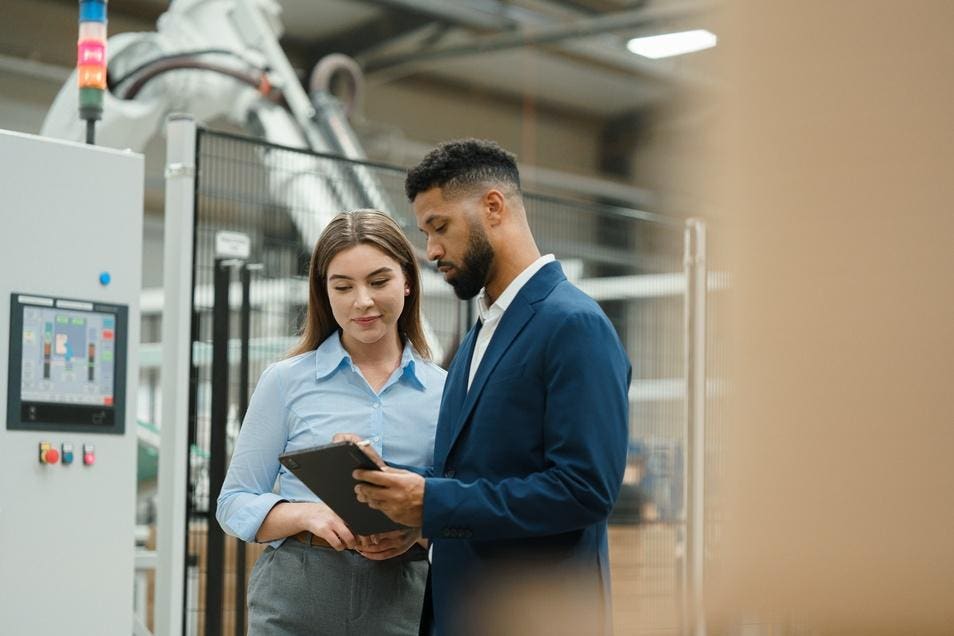By: Greg Hewitt, CEO of DHL Express U.S.
Earth Day 2025 is here. Is your small business ready to take sustainability to the next level?
Many business owners and managers have talked about how they can incorporate sustainable practices into their operations. Some have invested in new energy-efficient lighting and HVAC systems in their offices. Perhaps they have researched the possibility of switching out their company cars or vans for electric vehicles. These are all critical energy-saving tactics.
But to make a lasting impact, it’s time to re-imagine your company’s entire supply chain. That’s because, with some exceptions, the supply chain represents the most significant part of an organization’s overall carbon footprint. Consider the energy required to make, warehouse, package and transport the products you sell, day in and day out, and you get a sense of how much energy you can capture by making those manufacturing and transportation systems more efficient. And if you are in the service business, you still have a supply chain to think about: the computers, tools, equipment and supplies your people use should be factored into your sustainability plan.
The business case for building a green supply chain is strong. Your company can improve efficiency, lower costs and improve customer engagement. Consumers today overwhelmingly say they will pay more for sustainable products, and that they prioritize a sustainable lifestyle, as McKinsey has reported in multiple surveys. Proven sustainability results give your company a competitive advantage.
Understand your manufacturing.
Whether you manufacture goods in-house or outsource to an external manufacturer for the products that you sell, it’s your business to know what sustainability practices are in place from the very beginning of your supply chain. Energy-efficient manufacturing facilities and equipment, along with comprehensive waste reduction practices, should be part of the equation. In addition, many businesses are considering re-shaping their supply chains to be more regional in their focus, choosing production, warehousing and distribution solutions that are near each other, shortening transportation distances and lessening carbon footprints.
Focus on green logistics.
To improve sustainability across your company’s supply chain, it’s critical to understand the role that green logistics practices can play during each stage of the movement of goods, from warehousing to packaging and transportation.
The first step is to examine how your goods are stored and to implement strategies that maximize energy savings. If you operate your own warehouse facilities, then you have direct control over the process. If you work with a logistics organization to provide storage, then you need to assess their sustainability practices and potentially seek new partnerships that give you measurable, documented results.
The goal should be to achieve maximum sustainability in warehousing. Your facilities, or those you contract with, should consider investing in a smart warehouse management system to create efficiencies in the usage of space and the monitoring of stock levels, which can reduce excess inventory and waste. An energy management system can also be part of the operation, monitoring energy consumption and making recommendations for better efficiency. Other considerations for warehouse facilities include energy-efficient lighting, rooftop solar panels and efficient waste management.
Measuring business emissions is also crucial for setting a baseline that defines effective emission reduction goals. By quantifying current emissions across all stages of the supply chain, companies can identify key areas for improvement and track progress over time. This baseline not only helps organizations understand their environmental impact but also informs strategic decisions in green logistics practices, such as optimizing warehousing and transportation systems. Establishing clear emission reduction targets enables businesses to implement sustainable practices, engage with environmentally-conscious logistics partners, and communicate their commitment to sustainability to customers.
Next, examine your transportation systems. Do your transportation logistics partners prioritize sustainability with the use of efficient last-mile delivery solutions, electric vehicles and sustainable aviation fuel? What are their carbon reduction goal and route optimization capabilities, and can you share their energy-saving results with your customers?
Finally, your company should re-think the way you package the goods you sell and ship. By minimizing packaging and by using recyclable and compostable alternatives to single-use materials, you are sending a message to your customers about your commitment to waste reduction and efficiency.
Consider Reverse Logistics
Product returns can be expensive and time-consuming for businesses. In addition, products that reach the end of their useful lives are often needlessly discarded when they could be recycled. A reverse logistics strategy can promote the repair, recycling and resale of products to extend their lifecycles. It can also save your business money.
Most companies have a returns policy, but it is essential to make sure your returns management system is effective and well managed and that returned goods can be repaired if necessary and re-sold. Moving beyond returns, and developing a system to allow customers to recycle or re-sell goods is the next step in reverse logistics, and could produce added income (as well as increased customer loyalty) for your company.
There is no doubt that sustainability will continue to shape business strategies in 2025, while defining business success in the coming years. To make sure your company isn’t left behind and running on fumes, take the time now to research and then adopt green logistics strategies and partnerships.
Forbes Business Council is the foremost growth and networking organization for business owners and leaders. Do I qualify?
Read the full article here

